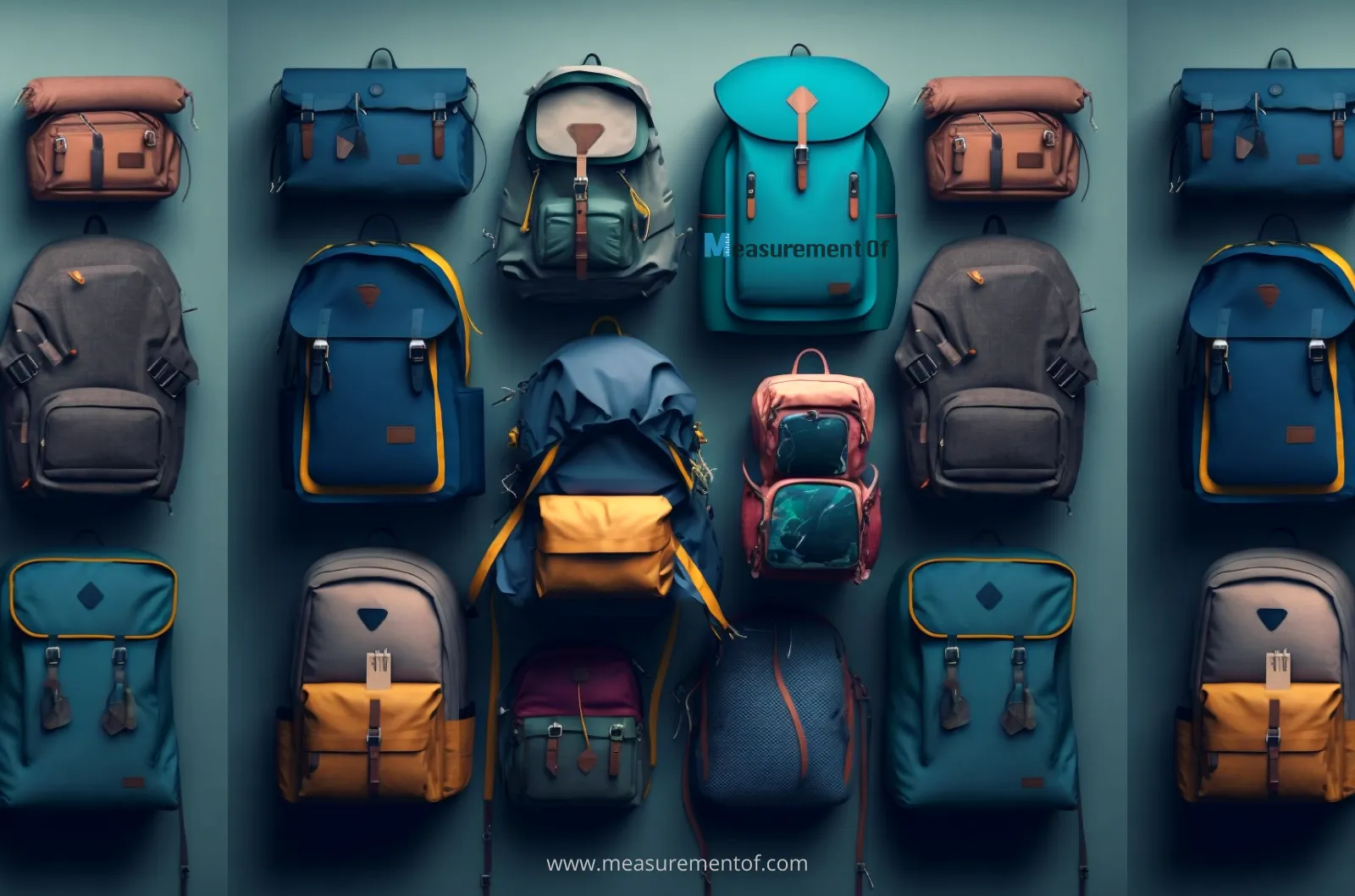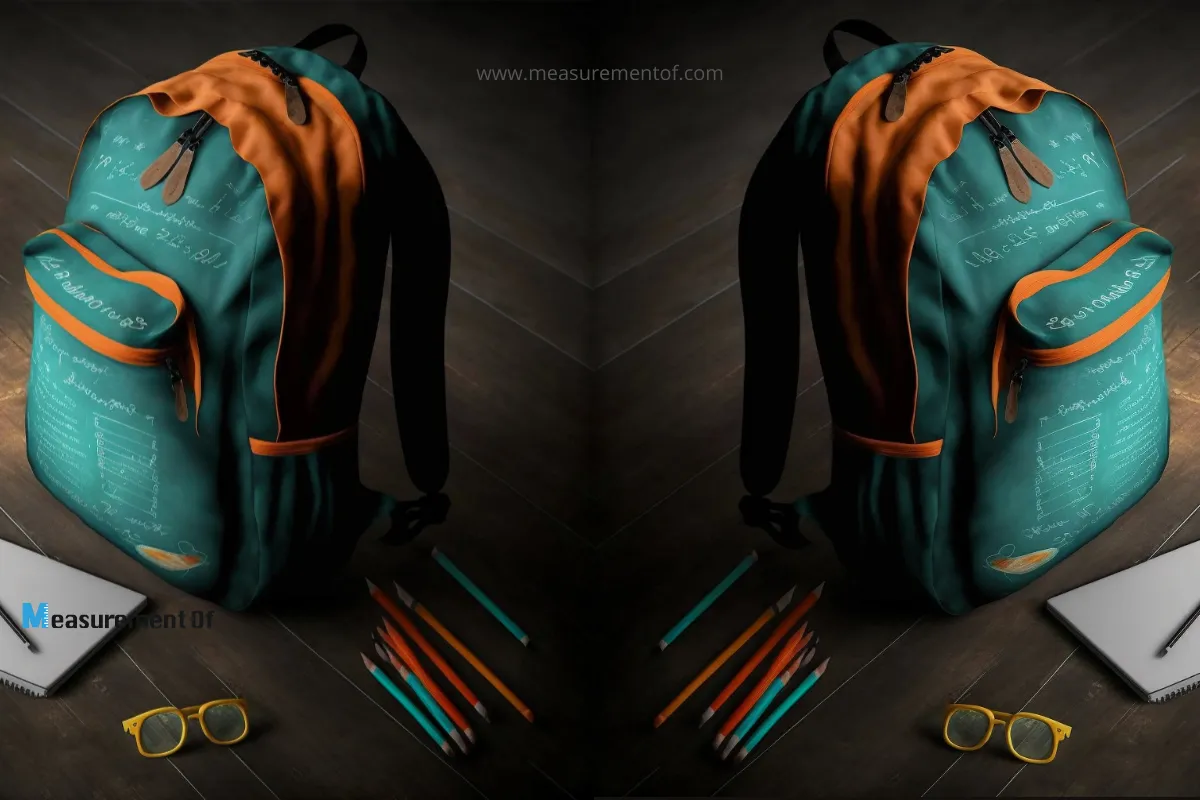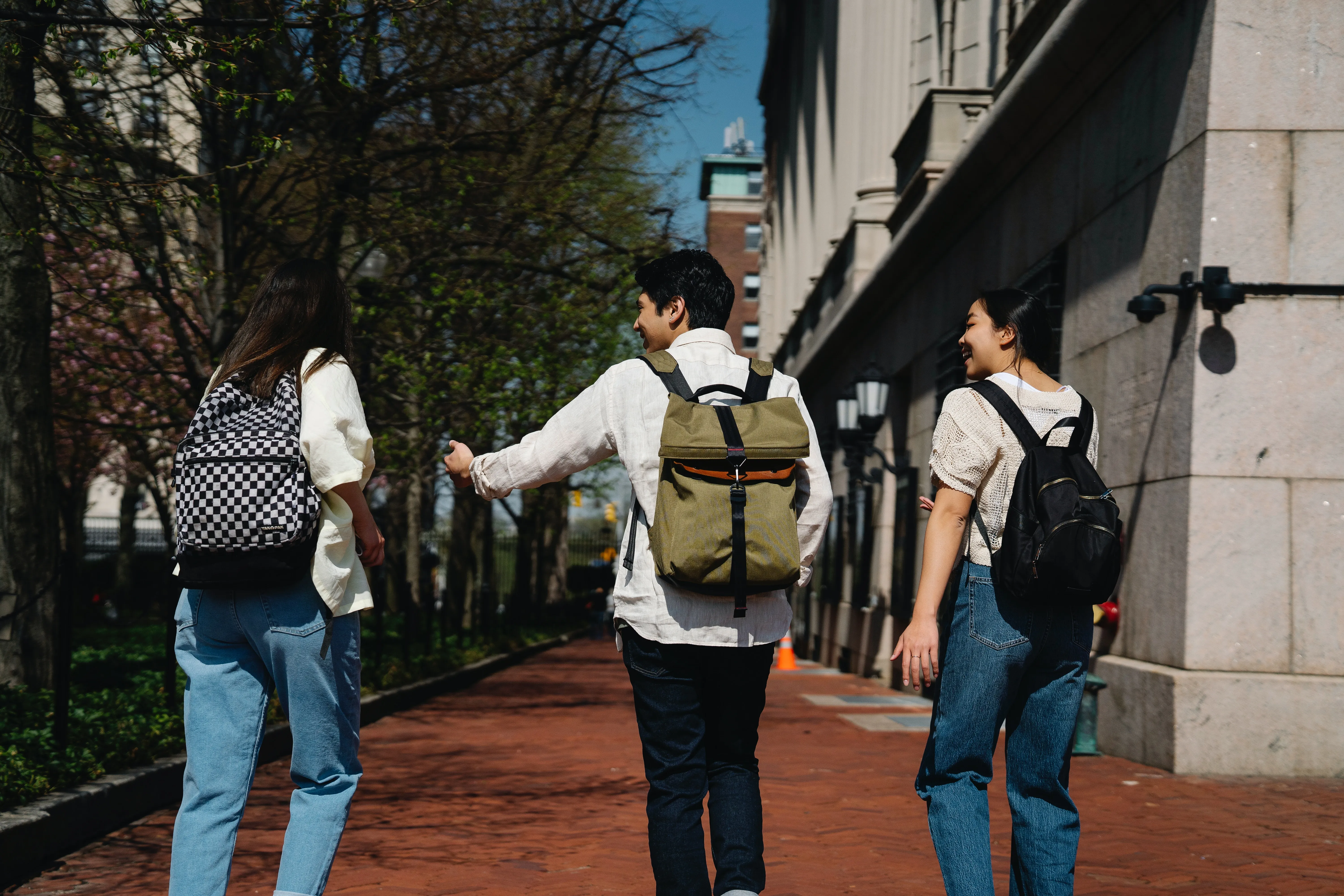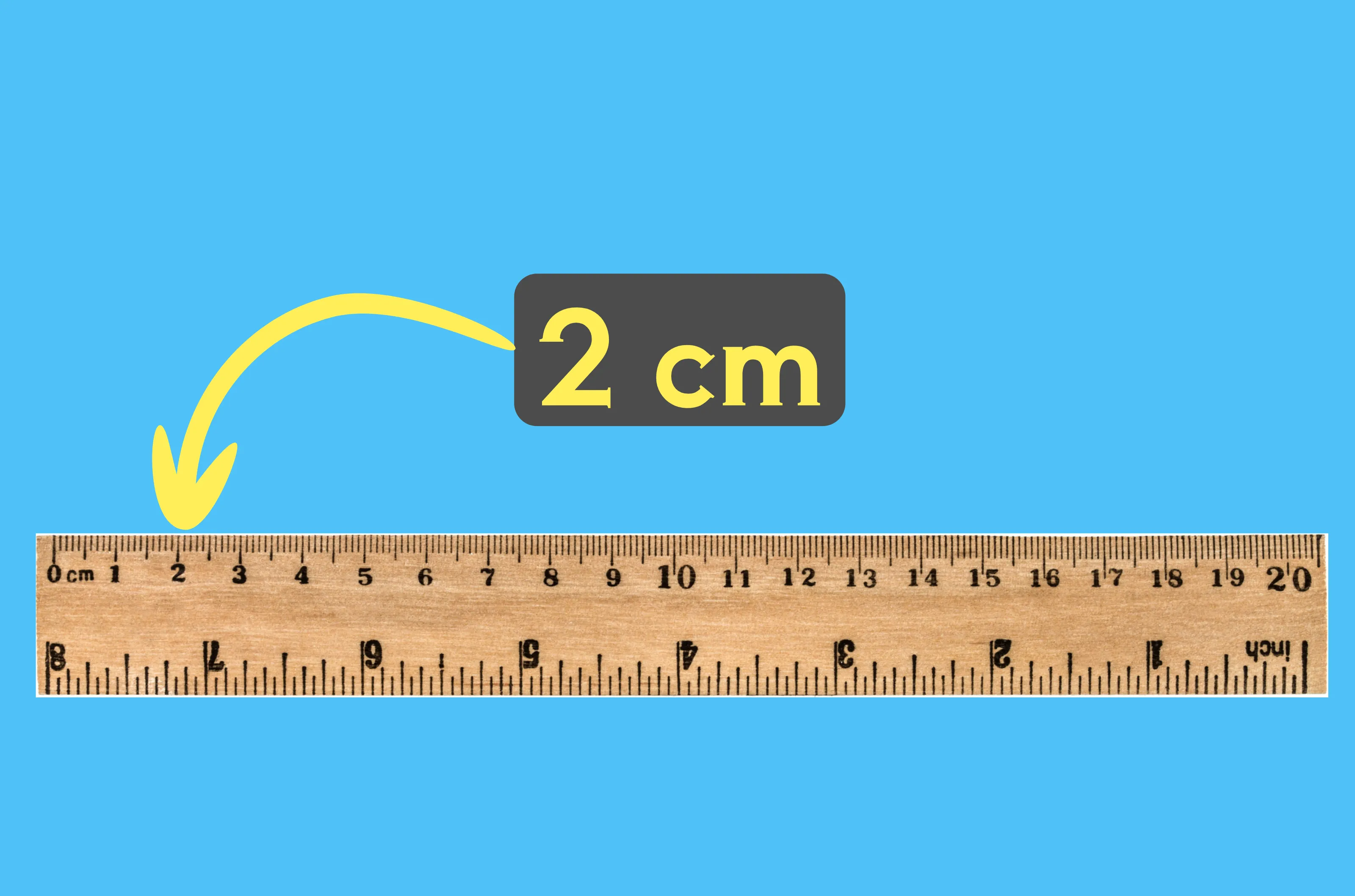Standard Backpack Dimensions For All Your Needs

Backpacks have become a staple in the lives of many people, whether they are students or commuters, because of their convenience and usefulness. If you want to multitask, this is the perfect option because you can just sling the bag over your shoulder and keep your hands free for other chores. And if you're traveling, a travel backpack is the best choice because it keeps all of your essential items close at hand or to your back.
However, it's important to get the proper size backpack because if you don't, you might end up straining your body. So choosing the right backpack can be challenging since there are so many different types, sizes, and designs available. In this guide, I’ve outlined all the details about backpacks, including their sizes and the many types that are available on the market, to help you in choosing the perfect one.
So What Makes A Backpack "A Real Backpack"?

Let's first define what a real backpack is since you can't just throw your suitcase on your back and call it a backpack. A backpack is exactly what it sounds like: a bag you wear on your back. But not just any type of bag, a backpack must come with two shoulder straps. Many come with hip belts, which allow one to shift the weight there and use the shoulder straps purely for load stabilization.
Well little bit of history lesson! Backpacks did not take on their modern form until 1877, when Henry Miriam created one of the earliest knapsacks for the United States military. The term "backpack" was developed by Americans and first appeared in writing around 1910. It wasn't until the late 1940s that ordinary people began using these super useful bags.
Types of Backpacks
There are many different types of backpacks on the market. The first step in choosing the ideal backpack is learning about all the types. Here are a few of them:
- Daypacks
- Rucksacks
- Skate Backpacks
- Laptop Backpacks
- Running Backpacks
- Duffel Backpacks
- Military Tactical Backpacks
- Drawstring Backpacks
- Tote Backpacks
- Hunting Backpacks
- Hydration Backpacks
- Crossbody Sling Backpacks
- Cycling Backpacks
- Biking Gear Backpacks
- Hiking Backpacks
- Snowsport/Skiing Backpacks
- Carry-on Backpacks
- Travel Backpacks
- Wheeled Backpacks
Backpack Size Chart For Adults
As I've already mentioned, there are several backpack sizes. There is no one size that fits all. Although the sizes might differ based on gender, there are also unisex backpacks. Below are the differences between the backpacks and the dimensions chart.
Standard Backpack Size for Men

Photo by Oziel Gómez on Pexels
Men require backpacks with a larger torso range since generally their torsos are longer than women's. Usually, this means the backpack will be larger.
| Backpack Size | Volume/Capacity | Height (in) | Height (cm) |
|---|---|---|---|
| Small (S) | 25 liters | 16 to 18 inches | 41 to 46 centimeters |
| Medium (M) | 40 liters | 18 to 20 inches | 46 to 51 centimeters |
| Large (L) | 60 liters | 20 to 22 inches | 51 to 56 centimeters |
Standard Backpack Size for Women

Photo by Ketut Subiyanto on Pexels
Women usually have shorter torsos compared to men. Because of this, their backpacks are smaller in size, have a low torso range, and have straps that are both slimmer and shorter.
| Backpack Size | Volume/Capacity | Height (in) | Height (cm) |
|---|---|---|---|
| Extra Small (XS) | 10 liters | 13 to 14 inches | 33 to 36 centimeters |
| Small (S) | 25 liters | 14 to 16 inches | 36 to 41 centimeters |
| Small Medium (SM) | 30 liters | 16 to 18 inches | 41 to 46 centimeters |
| Medium (M) | 40 liters | 18 to 19 inches | 46 to 48 centimeters |
However, don't focus too much on the gender distinctions, though. Focus more on whether the bag suits your preferences than the label. See the table below for the dimensions of several backpack types that are suitable for everyone, regardless of gender.
| Type of backpack | Volume/Capacity | Backpack Height | Backpack Width |
|---|---|---|---|
| Hiking backpacks | 20 to 60 liters | 30 inches (76.2 cm) | 18.5 inches (47 cm) |
| Hydration backpacks | 20 liters | 11 inches (27.9 cm) | 10 inches (25.4 cm) |
| Everyday backpacks | 15 to 35 liters | 17 inches (43.2 cm) | 8 inches (20.3 cm) |
| Drawstring backpacks | 13 liters | 18 inches (45.7 cm) | 12 inches (30.5 cm) |
| Carry-on backpacks | 45 liters | 22 inches (55.9 cm) | 14 inches (35.6 cm) |
Backpack Size Chart For Kids

Photo by Godisable Jacob on Pexels
For school, most youngsters require backpacks, and older kids also need one for their laptops. The standard backpack sizes for kids and teens are given below.
| Age of Kid (in years) | Height of Backpacks | Width of Backpacks |
|---|---|---|
| 4 | 11 inches (27.9 cm) | 6 inches (15.2 cm) |
| 5 | 12 inches (30.5 cm) | 6.5 inches (16.5 cm) |
| 6 | 12.5 inches (31.8 cm) | 7 inches (17.8 cm) |
| 7 | 13 inches (33 cm) | 7 inches (17.8 cm) |
| 8 | 14 inches (35.6 cm) | 7.5 inches (19.1 cm) |
| 9 | 14.5 inches (36.8 cm) | 8 inches (20.3 cm) |
| 10 | 15 inches (38.1 cm) | 8 inches (20.3 cm) |
| 11 | 15.5 inches (39.4 cm) | 8 inches (20.3 cm) |
| 12 | 15.5 inches (39.4 cm) | 8.5 inches (21.6 cm) |
| 13 | 16 inches (40.6 cm) | 9 inches (22.9 cm) |
| 14 | 17 inches (43.2 cm) | 9 inches (22.9 cm) |
| 15 | 17.5 inches (44.5 cm) | 9 inches (22.9 cm) |
| 16 | 18 inches (45.7 cm) | 9 inches (22.9 cm) |
How To Estimate Backpack Capacity?
You may be confused by all these dimensions and wondering how to estimate a backpack's capacity.
You can estimate the capacity by the volume tag, as most backpacks have their capacity written in liters. Under 20-liter backpacks are relatively small, while 20 to 25-liter bags are ideal for the office or school. The size of the bag increases as the liter count increases.
Some backpacks might feature other types of measurements, such as kilograms, which would indicate how much weight they can hold.
What Size Is Right For You?

Photo by George Pak on pexels
Backpack dimensions vary depending on the users. There is no perfect size that will fit everyone. To pick the correct size, you need to keep a few things in mind.
- First, check the backpack's capacity to see if it will accommodate your needs.
- Also, check the back's torso range to see if it comfortably fits you.
- Next, consider the bag's size; you shouldn't go hiking with a biking backpack because of the vast differences in their sizes and features.
Conclusion
Choosing the proper backpack size is essential if you don't want to experience discomfort when putting it on and taking it off, as well as if you don't want to put unnecessary stress on your body.




